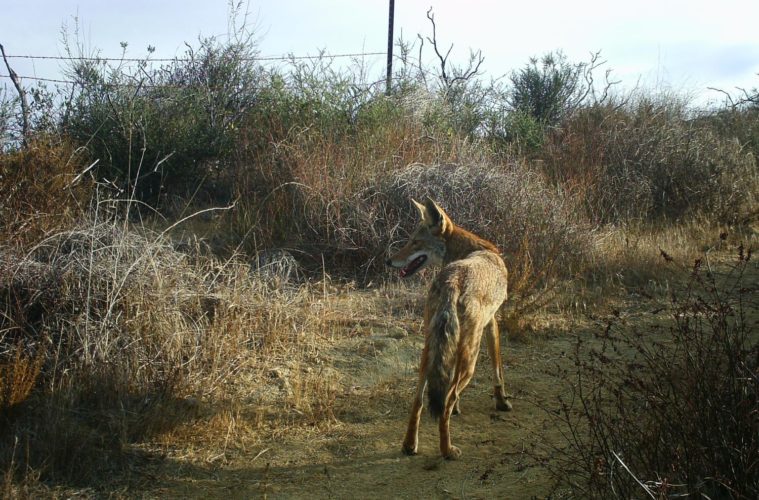For more than 15 years, the Irvine Ranch Conservancy has made the preservation of the natural environment, along with the research and protection of native wildlife, part of its core mission. Now, thanks to a $5,000 grant from Microsoft, the IRC is utilizing artificial intelligence to help better understand the wildlife and natural areas it has vowed to protect for more than a decade.
Nathan Gregory, IRC Vice President and Chief Program Officer, spoke with Irvine Weekly about this new adoption of artificial intelligence technology and how its being utilized in Orange County.
Gregory explained that while the IRC has been studying the natural environment for more than a decade, Microsoft’s AI technology has enabled scientists to work more efficiently with the data it collects.
Specifically, Microsoft’s AI technology, which is a virtual GPU, is being utilized in wildlife monitoring cameras throughout the IRC. Gregory added that this has become a tremendous benefit to wildlife experts who normally have to access and go through the data manually – without knowing what the wildlife monitoring cameras actually captured.
Sifting through that footage takes hours of physical effort, and is often littered with what Gregory referred to as “trash” in terms of usable data on the research side.
“We’ve been doing this camera monitoring for more than a decade. We get hundreds of thousands of photos a year – and a lot of them they’re what we call “trash.” If there’s wind blowing or vegetation might trigger the camera – someone has to sort through that manually,” he said. “At this stage, having access to Microsoft technology, we can do that initial step of sorting right off the bat.”
Catherine Le, IRC Monitoring and Research Program Coordinator, said the technology within the wildlife monitoring cameras has enabled the team to work more efficiently and effectively.
“Wildlife monitoring cameras are an extremely useful tool for assessing the health of native habitats and wildlife,” Le said. “We were looking into how we could reduce the photo-processing time and made the decision to upgrade our camera equipment, which would lead to better data collection.”
Rachel Kenny, IRC Project Manager, said this technology has allowed the team to focus more on analyzing the data.
“By collaborating with Microsoft and employing AI software, we dramatically increased the efficiency with which we process the camera trap data,” Kenny said. “This allows our team the capacity to ask more in-depth questions about wildlife dynamics in relation to factors such as our restoration efforts and increasing fire frequency, which in turn will inform land management decisions and improve our understanding of our wildlife communities and their habitats.”
Primarily, the technology helps identify medium to large size wildlife, which gives researchers insight into how the wildlife is interacting with the habitat, without actually needing to physically be there in the habitat.
“Traditional wildlife monitoring cameras are generally set up to capture larger animals like mountain lions and bobcats,” Kenny said. “Smaller animals such as rodents and snakes don’t have as prominent of a heat signature nor do they create as much motion to activate the camera, so they are harder to capture. We are developing pilot programs and testing new technology and experimental designs that will help us capture data on a wider range of animals, not just the charismatic megafauna.”
Gregory added that from his perspective, AI technology is becoming more sophisticated and its utility is becoming more nuanced in practice.
“A lot of this technology allows us to see the world through the eyes of the species we’re trying to study,” he said. “Things like infrared imaging can teach us things like how insects eat flowers – so it’s not how we view the world, it’s how the things we care about view the world.”
Advertising disclosure: We may receive compensation for some of the links in our stories. Thank you for supporting Irvine Weekly and our advertisers.

